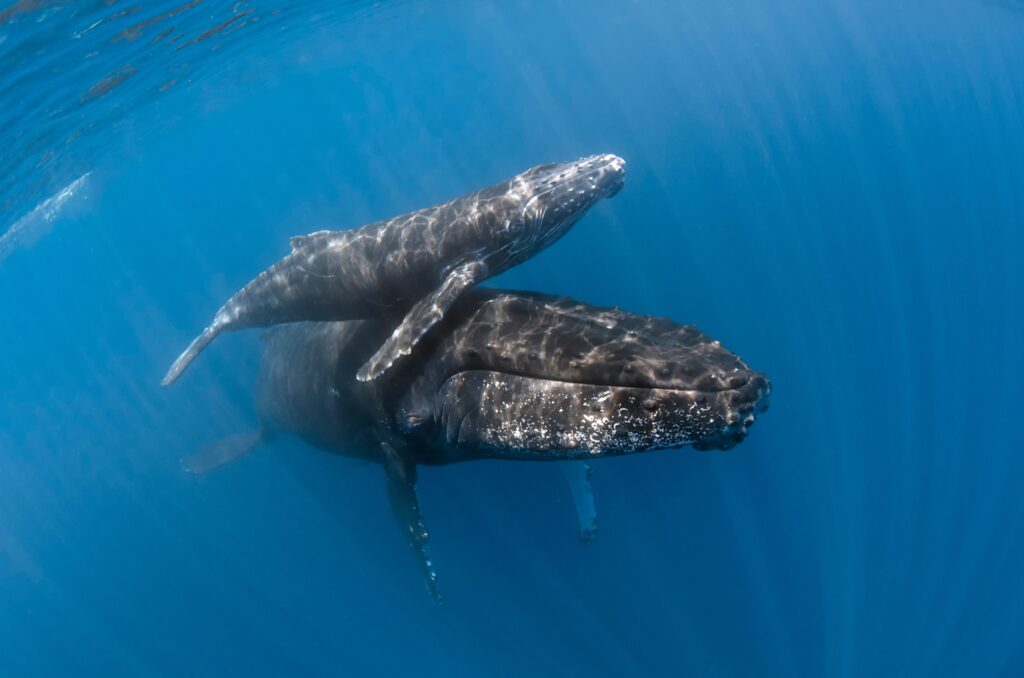Fun Facts about Whales
Welcome to our website page dedicated to fun facts about whales! Get ready to dive deep into the fascinating world of these magnificent creatures and discover some amazing and cool facts that will leave you in awe. Did you know that the blue whale is the largest animal on earth, weighing up to 200 tons? Or that humpback whales are known for their haunting and beautiful songs that can be heard for miles underwater? Our page is full of interesting and entertaining trivia about whales, including their diets, behaviors, and habitats. From the unique features of different species to their incredible migrations across the oceans, our fun facts about whales page will captivate and amaze you. Whether you’re a marine life enthusiast or just looking for some cool facts to impress your friends, our page is the perfect place to explore the world of these magnificent creatures. So, come and join us on a journey of discovery, and discover the fascinating world of whales with us today! #whale #whales #toothedwhale #baleenwhale #pygmywhale #spermwhale #graywhale #bowheadwhale #rightwhale #belugawhale #narwhal #killerwhale #orca #humpbackwhale

Whales are the largest mammals on Earth, with some species growing up to 100 feet in length and weighing over 200 tons.
There are two types of whales: toothed and baleen.
Baleen whales, such as the humpback and blue whale, have baleen plates in their mouths that filter out small organisms, such as krill and plankton, from the water.
Toothed whales, such as the killer whale and sperm whale, have teeth and hunt larger prey, such as squid and fish.
Whales are found in all of the world’s oceans, from the Arctic to the Antarctic.
The blue whale is the largest animal on the planet, with an average length of 80-100 feet and a weight of up to 200 tons.
Whales are known for their vocalizations, which can be heard by other whales over long distances.
Humpback whales are known for their complex songs, which can last up to 30 minutes and are believed to be a form of communication.
Whales are social animals and often travel in groups called pods.
The narwhal, a type of toothed whale, has a long, spiral tusk that can grow up to 10 feet in length.
Blue whales can eat up to 4 tons of krill per day.
Some species of whales, such as the gray whale, migrate up to 12,000 miles per year.
Whales are believed to have evolved from land mammals over 50 million years ago.
The largest predator in the world is the killer whale, which is actually a type of dolphin and not a whale.
Whales play an important role in marine ecosystems, as they help regulate the populations of other marine animals.
The sperm whale is known for its ability to dive to depths of over 3,000 feet in search of food.
The humpback whale is known for its acrobatic displays, such as breaching and tail slapping.
Whales are an important part of many cultures around the world and have been the subject of art and literature for centuries.
Some species of whales, such as the right whale, are endangered due to hunting and habitat loss.
Whales are fascinating and majestic creatures that continue to inspire awe and wonder in people around the world.

